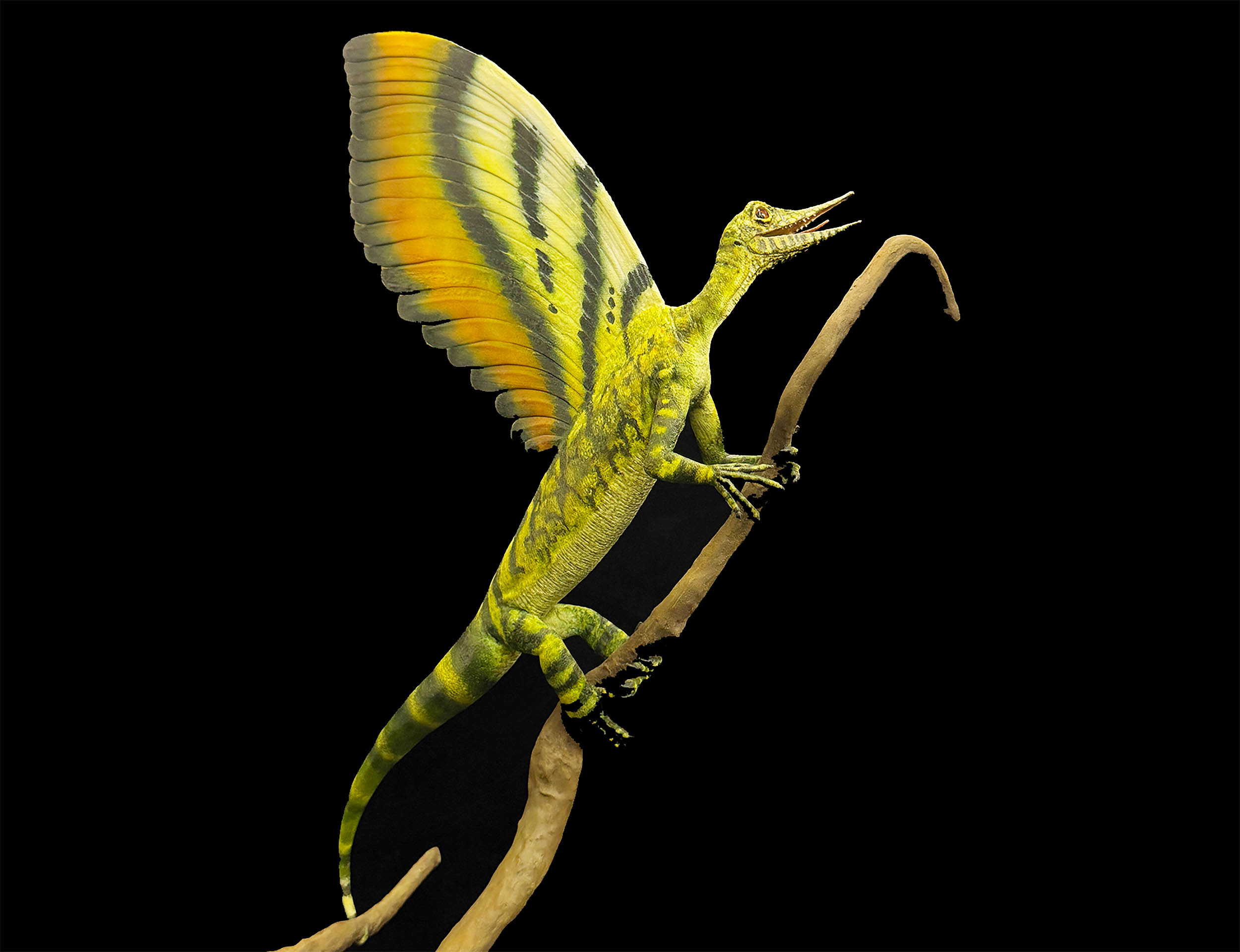T4K3.news
New fossil discovery changes views on early dinosaurs
A 225-million-year-old fossil from Africa suggests early dinosaurs may have been larger than thought.

A newly examined fossil reveals deeper insights into the evolution of dinosaurs.
New dinosaur fossil discovery transforms understanding of early reptiles
A 225-million-year-old fossil discovered in Africa is reshaping theories about how dinosaurs originated. This fossilized leg bone, linked to the lesser-known silesaurs, contests existing beliefs regarding the size and evolution of early dinosaur relatives. Initially found in 1963 in Zambia but overlooked for decades, the significance of the specimen only gained recognition in the 2010s when researchers re-evaluated its importance. The bone indicates that early dinosaurs or their closest relatives could have been larger than previously thought, challenging the idea that the first dinosaurs were small. This new perspective invites further investigation, suggesting the evolutionary pathway may not have been straightforward, with some lineages possibly growing smaller over time. The discovery also highlights how much remains to be uncovered in museum collections, impacting not only paleontology but also our understanding of the complex history of life on Earth.
Key Takeaways
"This single bone, tucked away for more than 50 years, has reshaped what scientists know about the dawn of dinosaurs."
Jack Lovegrove emphasizes the importance of rediscovered specimens in paleontology.
"The size of this femur disputes the traditional view that the first dinosaurs were small creatures."
This statement challenges existing beliefs about the scale of early dinosaurs.
"The evolutionary path from early reptiles to the first dinosaurs may have been far less linear than once thought."
This insight reflects the complexity of evolutionary history.
This newly important fossil not only redefines the prehistoric timeline but also raises intriguing questions about how evolution operates. If early dinosaurs were indeed larger than previously assumed, it alters our view of adaptation and survival during the Triassic period. The ongoing debate among paleontologists regarding the classification of silesaurs as close relatives or true dinosaurs indicates the complexities involved in understanding evolutionary relationships. Moreover, this fossil serves as a reminder of the treasures that may still lie undiscovered in existing collections, potentially illuminating other forgotten aspects of our planet's history.
Highlights
- This fossil reveals that early dinosaurs might have been giants, not diminutive creatures.
- Old bones can change our understanding in radical ways, even after decades.
- A single rediscovered bone reshapes the narrative of dinosaur evolution.
- Our past is full of surprises waiting to be uncovered.
Potential backlash from traditionalists in paleontology
This discovery challenges long-held beliefs about dinosaur evolution, which may provoke criticism from conservative members of the scientific community
The implications of this discovery could lead to a renaissance in our understanding of dinosaur evolution.
Enjoyed this? Let your friends know!
Related News

Study Reveals Possible Size of Early Dinosaurs

Pulaosaurus Qinglong discovered in China

New fossil discovery challenges reptile evolution theories

New dinosaur species chirped instead of roared

Discovery in Grand Canyon challenges views on life's origins

Dinosaur fossil found underneath a Denver museum’s parking lot

Dinosaur Movies and Documentaries Explore Our Fascination

Fossil discovery reveals dinosaur vocal secrets
